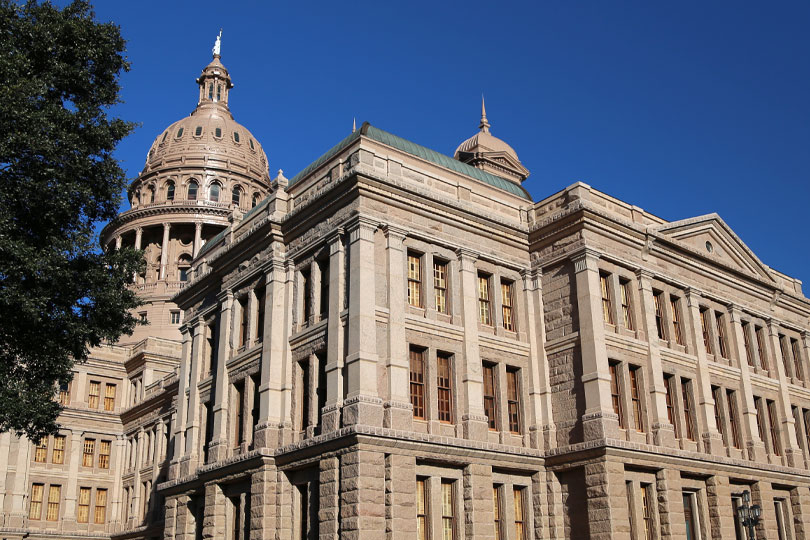By Jennifer Whitlock
Field Editor
The 87th Texas Legislature adjourned on May 31, but unfinished business prompted a series of special legislative sessions.
Under the Texas Constitution, the governor may convene the Legislature “on extraordinary occasions” outside the regular biennial session. The only stipulation in the constitution is that an official proclamation must state the purpose for which the Legislature is being convened.
In the third special session of the 87th Texas Legislature, which began Sept. 20, Gov. Greg Abbott identified five agenda items, including redrawing political district boundaries after the results of the 2020 Census were officially released. The final redistricting data toolkit was distributed to states on Sept. 16.
“The Texas Legislature now has the opportunity to redraw legislative and congressional districts in accordance with the new census numbers,” Abbott said. “In addition to redistricting, there are still issues remaining that are critical to building a stronger and brighter future for all Texans.”
District boundaries for members of the Texas House of Representatives, Texas Senate, State Board of Education and the U.S. House of Representatives will be redrawn according to population data provided by the U.S. Census Bureau.
The deadline for the delivery of apportionment data was delayed by the COVID-19 pandemic, as well as “processing anomalies” uncovered during processing, Census Bureau Director Steve Dillingham said.
If Texas Senate or House districts are not enacted during the first regular session following the publication of the decennial U.S. Census, the Texas Constitution requires a five-member Legislative Redistricting Board of state officials, including the lieutenant governor and speaker of the house, to meet and adopt a plan, according to the Texas Legislative Council.
As authorized by federal law in 1941, the U.S. House of Representatives has 435 members. The congressional seats are reapportioned among the 50 states after each census to represent roughly equal populations. The “ideal population” for each congressional district is 766,987.
Texas was allocated 36 seats in 2010, but the latest census data shows the Lone Star State will now add two new congressional districts for a total of 38 seats in the U.S. House for the 118th Congress. The population of Texas increased by nearly 4 million people, or 15.9%, since the 2010 Census.
The number of Texas Senate, House and State Board of Education districts will remain the same at 31, 150 and 15, respectively, though the ideal population for each has grown to reflect the total increase in Texas’ population over the past 10 years.
Other priority legislative items covered in this special session include spending of federal coronavirus funds, participation of transgender student athletes in University Interscholastic League competitions, COVID-19 vaccine mandates and the practice of leaving dogs tied to an object, such as a tree in a yard, while unattended.

